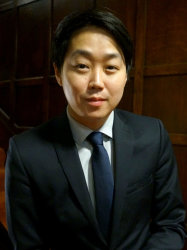BibTex format
@article{Saharkhiz:2018:10.1121/1.5050524,
author = {Saharkhiz, N and Koruk, H and Choi, JJ},
doi = {10.1121/1.5050524},
journal = {Journal of the Acoustical Society of America},
pages = {796--805},
title = {The effects of ultrasound parameters and microbubble concentration on acoustic particle palpation},
url = {http://dx.doi.org/10.1121/1.5050524},
volume = {144},
year = {2018}
}

